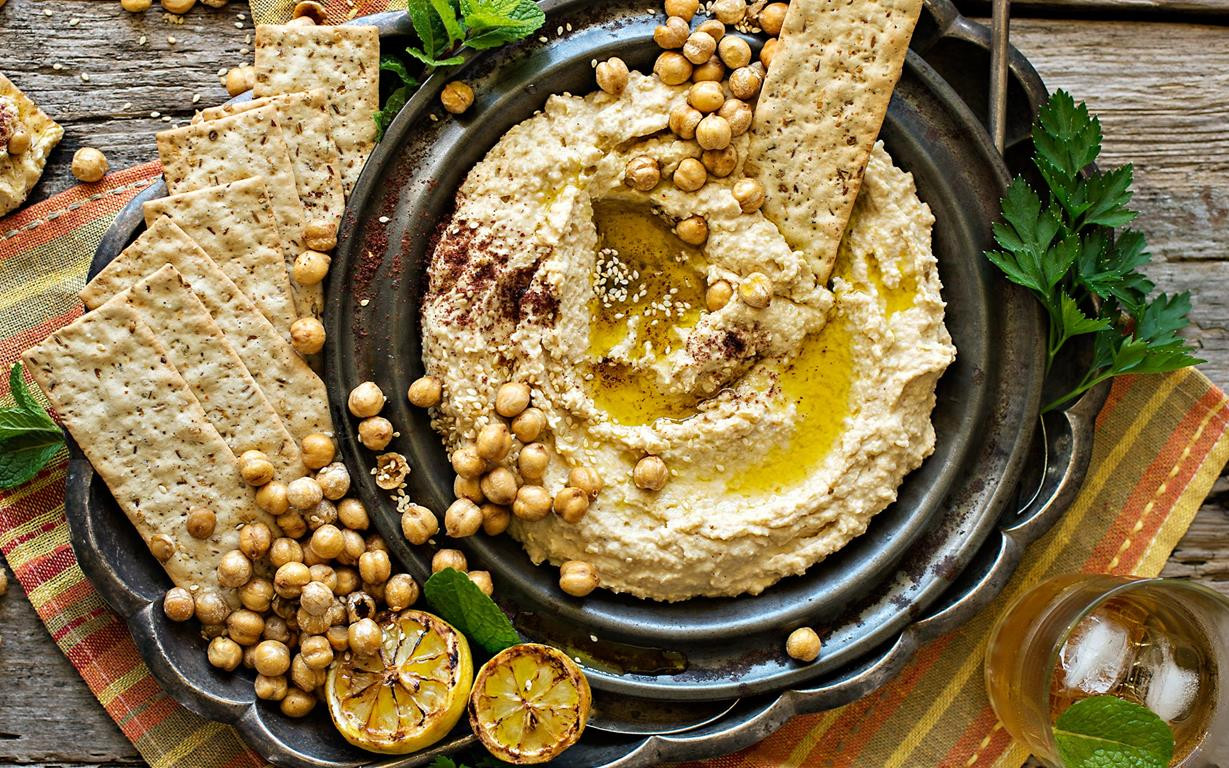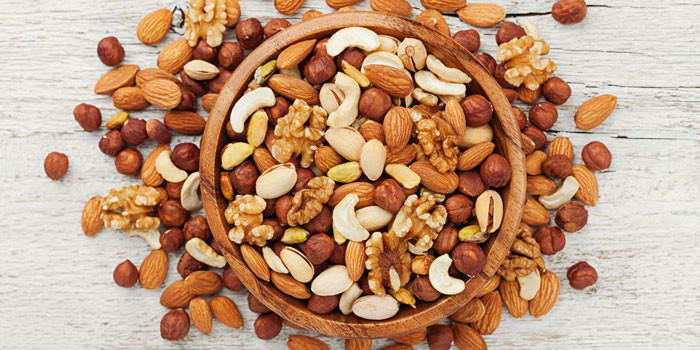Best Sources of Protein for Vegans
Last updated on 28 Jan 2025
![There are plenty of reasons to eat more meat-free meals: they’re cheaper, lower calories, and better for the environment. But one of the most common excuses people make is that meat-free and dairy-free food doesn’t contain enough protein. However, a well-planned vegetarian or vegan diet can provide you with all the nutrients you need. That […]](https://assets-cdn.wellhub.com/images/mep-cms/legacy_quinoa_tabbouleh_ced983950a.jpg?w=1024&q=65)
There are plenty of reasons to eat more meat-free meals: they’re cheaper, lower calories, and better for the environment. But one of the most common excuses people make is that meat-free and dairy-free food doesn’t contain enough protein.
However, a well-planned vegetarian or vegan diet can provide you with all the nutrients you need.
That said, certain plant foods contain significantly more protein than others, and higher-protein diets can promote muscle strength, satiety and weight-loss. Women should should be aiming for about 46 grams of protein per day, and men need about 56.
Here are the top 11 sources for your next meatless mondaymeal:
- Quinoa

Protein: 8g per 1 cup cooked
Full of fiber, magnesium, iron, and all nine essential amino acids that the body needs for growth and repair, quinoa is a great grain substitute, and can even be used to make sweet treats.
Add it to soup or vegetarian chilli during the winter, mix up with oats for a filling breakfast, or toss with vegetables and a vinaigrette to make a refreshing summer salad.
- Quorn
Protein: 13g per ½ cup
Quorn is the brand name for mycoprotein, originally developed to combat global food shortages. It is made by growing a certain form of fungus, packed full of complete protein.
Since it’s usually bound together with free range egg whites, Quorn is not technically vegan-friendly, but the company are making steps towards producing vegan products. Alternatively, try Linda McCartney’s.
- Soy
Protein: 10g per ½ cup of tofu, 4 to 8g per 8 ounces of soymilk
Not a fan of Quorn? No problem.
Get soy straight from the soybean, by boiling edamame, which contains 8.4 grams of protein per ½ cup, can be served hot or cold and sprinkled with salt. While beans are normally low in the amino acid methionine, soy is a complete protein and can meet all your nutritional needs! Rememberto choose the firmest tofu for the highest protein content.
- Chickpeas and Hummus

Protein: 7.3g per ½ cup
These legumes can be tossed into salads, fried and salted as a crispy snack, or pureed into a hummus. They’re high in fiber and low in calories, and have a pretty similar amino acid profile to most legumes, so don’t be afraid to experiment with hummus made from cannellini, edamame, or other kinds of beans.
- Buckwheat
Protein: 6g per 1 cup cooked
Buckwheat is, in fact, not a type of wheat at all, but a relative of rhubarb. While the Japanese have turned the plant into soba noodles, most cultures eat the seeds by either grinding them to make a gluten-free flour or cooking the hulled kernels to make porridge.
Buckwheat has been suggested to improve circulation, lower blood cholesterol and control blood glucoselevels.
- Nuts

Protein: 5 or 6g per ounce
When you combine legumes (beans, lentils and peanuts) with grains (wheat, rice and corn) you get a complete protein. Peanut butter on whole wheat bread for example is an easy snack that, while pretty high in calories, provides a heaping dose of all the essential amino acidsand plenty of healthy fats.
Nut butters, like peanut, cashew and almond butter, are a great way to get protein, although be sure to avoid brands that contain extra added hydrogenated oils, salt or sugar.
- Seeds
Protein: sunflower seed kernels: 7.3g per quarter cup, sesame and poppy seeds 5.4g
Seeds are high in protein and healthy fats, and can be cooked into bread or sprinkled over salads and stir frys.
Chia Seeds

Protein: 4g per 2 tbsp
Chia seeds are the highest plant sourceof omega-3 fatty acids, and they contain more fiber than flax seeds or nuts. Chia is also chock-a-block full of iron, calcium, zinc, and antioxidants.
Chia seeds can be sprinkled over salads, stirred into yogurt or porridge. When added to milk or water they plump up and take on a gelatinous texture, forming a rich and creamy pudding-like treat, and making them great for thickening smoothies, or replacing eggs in vegan baking.
- Peas
Protein: 7.9g per cup – about the same as a cup of milk.
If you don’t like peas as a side dish, try blending them into a pesto, says Elle Penner, RD, nutritionist for MyFitnessPal and blogger at Accordingtoelle Try blending frozen peas, toasted pine nuts, fresh mint, olive oil, and Parmesan cheese and serve over pasta.
- Beans
Protein: 26g per 2 cups of kidney beans (almost the same as a Big Mac!)
There are many different varieties of beans—black, white, pinto, heirloom,—but one thing they all have in common whether dried or canned is their high amounts of protein.
- Leafy greens
Protein: 2.1g per 2 cups of raw spinach, 8.1g for 1 cup of chopped broccoli
Vegetables don’t have nearly as much protein as legumes and nuts, but some do contain significant amounts, as well as antioxidants and heart-healthy fiber.
What’s your favourite?
Check out some great recipe ideas hereand let us know what you think
Category
Share

The Wellhub Editorial Team empowers HR leaders to support worker wellbeing. Our original research, trend analyses, and helpful how-tos provide the tools they need to improve workforce wellness in today's fast-shifting professional landscape.